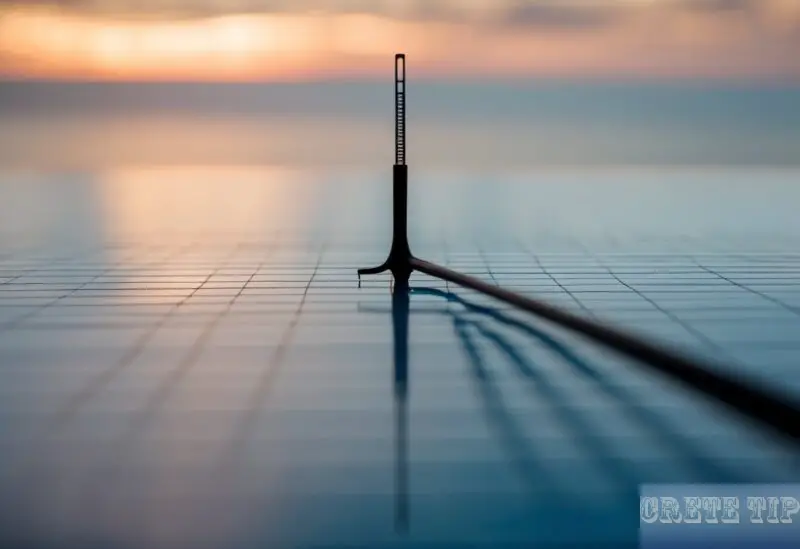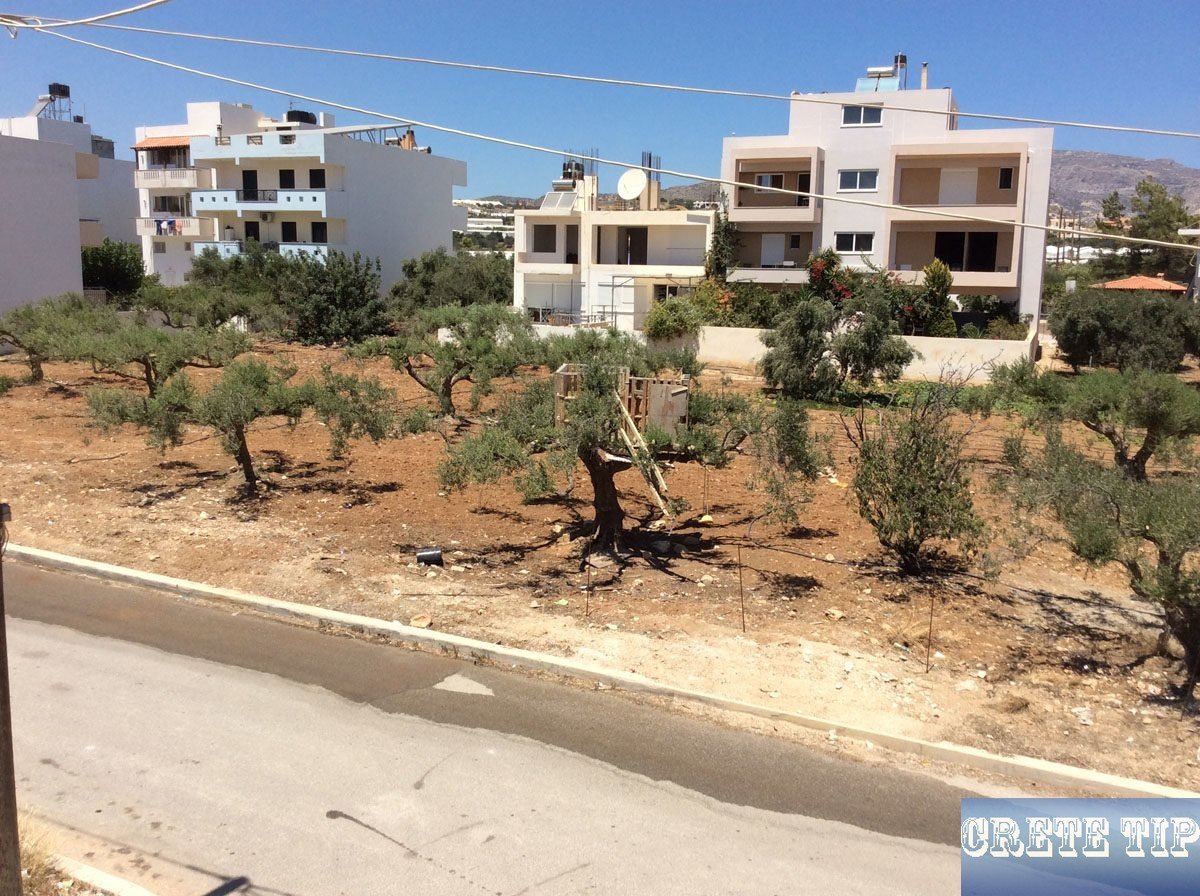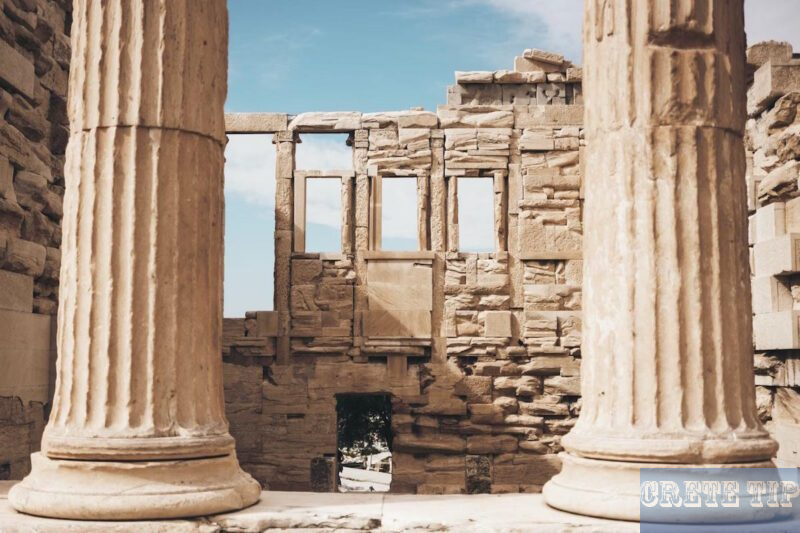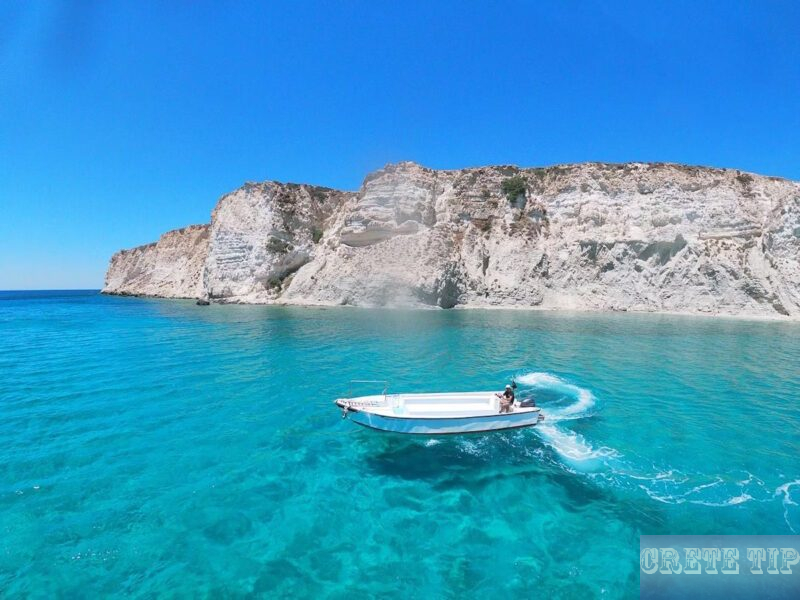The latest earthquakes from magnitude 4.0 Richter on near or on Crete.
20 June 2025, 4:53 p.m. local time: Moderate earthquake measuring 4.5 near Palaiochora
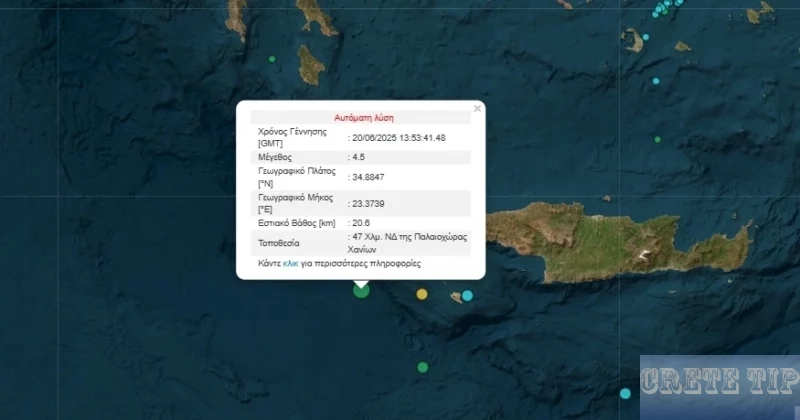
Magnitude: 4.5
Depth: 32 km
Epicentre: Latitude / Longitude 34.9155°N / 23.4164°E Greece
Intensity: IV Moderate near the epicentre
Nearest towns |
Distance |
Intensity |
|---|---|---|
Gialos |
41 km |
III |
Kissamos |
68 km |
III |
87 km |
III |
|
Georgioupolis |
91 km |
III |
17 June 2025, 6:38 p.m.: Moderate earthquake measuring 4.2 off the coast of Gavdos
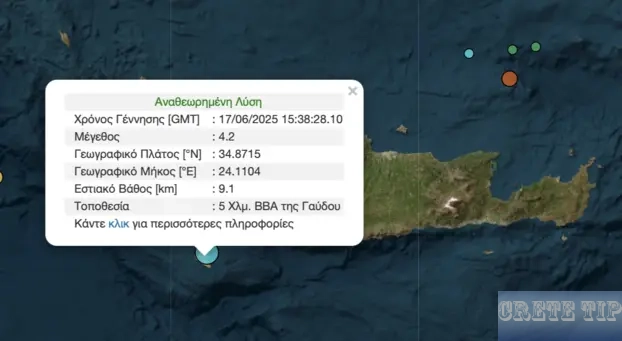
Magnitude: 4.2
Depth: 10.8 km
Epicentre: Latitude / Longitude 34.8761°N / 24.0985°E Greece
Intensity: IV, Moderate near the epicentre
Nearest towns |
Distance |
Intensity |
|---|---|---|
Karave |
3 km |
IV |
Chora Sfakion |
36 km |
III |
Agia Rouméli |
41 km |
III |
Palechora |
55 km |
III |
Georgioupolis |
56 km |
III |
Rethmynon |
65 km |
III |
Chania |
71 km |
III |
Understanding Intensity and the Modified Mercalli Intensity Scale
Ever wonder what exactly people mean when they talk about the “strength” of an earthquake? That’s called its intensity—basically, how much shaking folks actually feel where they are.
Intensity isn’t the same thing as magnitude, which is all about the energy released at the quake’s source. Intensity is more personal; it’s about how strongly the quake hit a specific spot.
The Modified Mercalli Intensity (MMI) scale is the usual go-to for describing this. It ranks shaking from I (not felt) to X (extreme shaking). The scale uses Roman numerals and sometimes colors to help visualize it, which is kind of handy:
- I to II: Not felt or barely felt
- III to IV: Weak to light shaking
- V and above: Moderate to strong shaking
How intense the shaking feels depends on a mix of things—how powerful the quake was, how deep underground it started, and how far away you are from the epicentre.
If you’re close to the epicentre, chances are you’ll feel it more. Not exactly a surprise, right?
Recent earthquakes near Crete:
Earthquake simulator at the Natural History Museum:
More about Earthquakes on Crete and Crete is a risk area for strong earthquakes and tsunamis.
How do you protect yourself during earthquakes?
Protection from earthquakes involves preparation before an earthquake and acting safely during an earthquake. Here’s what you should do:
Before an earthquake
1) Prepare an emergency kit: Include water, food, a torch, batteries, first aid supplies, important documents and medications.
2) Secure the room:
– Fasten shelves securely to the walls.
– Place heavy objects on the lower shelves.
– Secure televisions, computers and other heavy items.
– Know how to switch off gas, water and electricity.
3) Create a family emergency plan:
– Know safe places in each room (under sturdy tables, on interior walls).
– Plan and practise evacuation routes.
During an earthquake
If you are in the house:
DROP, COVER, and HOLD ON:
– Drop to your hands and knees (before you’re knocked down).
– Cover your head and neck under a sturdy table or desk. If there’s nothing to hide under, cover your head and neck with your arms and crouch in an inside corner of the building.
– Hold On to your shelter until the shaking stops.
– Keep away from windows, glass and heavy objects that could fall.
– Do not run outside during the quake.
If you are outdoors:
– Move to an open area away from buildings, trees, streetlights and power lines.
– Stay there until the quake stops.
If you are in a vehicle:
– Stop as quickly and safely as possible.
– Stay inside the vehicle.
– Avoid stopping on bridges, in tunnels or under overpasses.
After an earthquake
– Check yourself and others for injuries.
– Be prepared for aftershocks.
– Inspect the house for damage and hazards (gas leaks, fire, etc.).
– Listen to emergency announcements for information and instructions.
– Use the telephone only in emergencies.
Important notes:
Most earthquake injuries are caused by falling objects and debris, not building collapses. Protect your head and neck and stay calm.


